Cobblestone streets lined with colorful pubs, the haunting melodies of Irish folk music drifting through the air, and centuries-old history waiting around every corner. Dublin is a city where vibrant culture meets rich history, where every visit feels like a new discovery. From its iconic landmarks to its warm, welcoming people, the Irish capital has a way of drawing you in and making you feel right at home. Dublin is not just a city to visit; it's a place to experience – one that will leave you longing to return again and again.
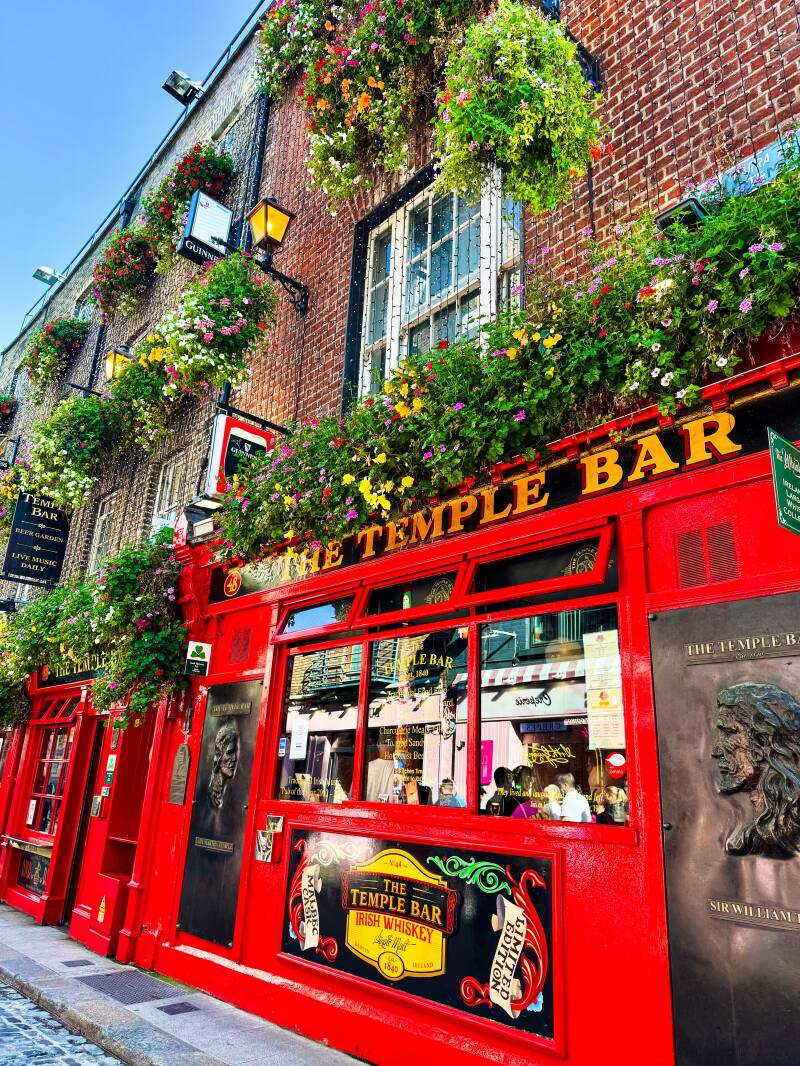
Introduction
There are places we call travel destinations – city breaks, short trips. Dublin falls into this category. But sometimes, you don't just feel like a visitor in a place; you feel truly at home. That’s exactly how I felt in Dublin. Why that is, or what it is about a place that creates such a feeling, I can’t fully explain. Maybe it’s because of my father’s fondness for Ireland, or perhaps it’s simply the city itself. The warm-hearted people, who sometimes seem a little melancholic but have their hearts in the right place. And one thing they all seem to share is a deep love for music – perhaps that’s part of what makes Dublin so special to me.
I'd love to share a few tips on what you should experience in Dublin.
Arrival
We flew directly from Zurich to Dublin. The easiest way to get from the airport to the city is by taking the Dublin Express. This bus stops at several key locations in Dublin. For example, the ride to Temple Bar, at the Wellington Quay stop, takes around 40 minutes and costs €8 per person.
The return trip might take a bit longer as the bus follows a loop route. However, to save time, you can also board the bus on the opposite side of the river.
You can easily purchase tickets online here.
Temple Bar
Temple Bar is one of Dublin's most famous districts and an absolute must-see for any visitor to the city. Located in the heart of Dublin, right on the southern bank of the River Liffey, this historic quarter is known for its narrow, cobblestone streets, colorful buildings, and unique atmosphere. Temple Bar is renowned both for its cultural significance and its vibrant nightlife.
Over the years, the area has developed into a cultural hotspot, attracting artists, musicians, and creatives.
Numerous pubs, bars, and clubs open their doors and offer everything you would expect from a classic Irish pub experience: live music, friendly people, and a lively atmosphere.
One of the most famous pubs in Temple Bar is the iconic Temple Bar Pub, a favorite among both tourists and locals. Here, you can enjoy traditional Irish music and fully immerse yourself in Dublin’s lively pub culture.
Although Temple Bar is a popular tourist destination, it has managed to retain its charm and authenticity. It’s a place where history and modern life meet, offering every visitor a chance to experience a piece of the real Dublin.
Molly Malone
Molly Malone is a legendary figure in Dublin, immortalized by the famous Irish folk song "Cockles and Mussels." According to the ballad, Molly was a fishmonger who sold cockles and mussels on the streets of Dublin. Some versions of the story also suggest that she may have been a prostitute and was known for her beauty. It is said that Molly died young from a fever, but her spirit is believed to still wander through the city. Although there is no historical evidence of her existence, Molly Malone has become a symbolic figure for Dublin. A bronze statue of her stands near Grafton Street and is a popular tourist attraction.
Guinness Storehouse
The Guinness Storehouse in Dublin is one of the city’s most famous attractions and a must-visit for any traveler. It is located in the heart of the St. James’s Gate Brewery, where the world-renowned Guinness beer has been brewed since 1759.
The visit to the Guinness Storehouse begins in the impressive entrance hall, designed in the shape of a giant pint glass. The tour takes visitors through several floors, showcasing the history and tradition of the brewery in a striking manner. The exhibits provide a fascinating insight into the brewing process, the ingredients, and the craftsmanship that goes into every pint of Guinness.
A highlight is the "Gravity Bar" on the top floor, where visitors can enjoy breathtaking panoramic views of Dublin. Here, guests can savor a freshly poured Guinness while admiring the cityscape.
I recommend booking tickets in advance.
Ha'penny Bridge
The Ha'penny Bridge is one of Dublin’s most famous bridges and an iconic landmark of the city. Officially known as the Liffey Bridge, it was built in 1816 and spans the River Liffey in the heart of the city. The bridge is particularly renowned for its elegant, arched iron structure, designed by the British engineer John Windsor.
The name Ha'penny Bridge comes from the original toll of a half penny (a "ha'penny") that pedestrians had to pay to cross the bridge. This fee was used to cover the costs of construction and maintenance. The toll was abolished in 1919, and since then, the bridge has been freely accessible to pedestrians.
The Old Library and the Book of Kells
The Old Library at Trinity College Dublin is one of the most impressive libraries in the world. It houses a valuable collection of books and manuscripts, including its most famous work, the Book of Kells.
The Book of Kells, created around 800 AD by Celtic monks, contains the four Gospels of the New Testament and is considered a masterpiece of illuminated manuscripts. Its intricate decorations and vibrant colors make it one of the greatest treasures of early Christian art.
One of the most striking features of the library is the Long Room, a 65-meter-long hall filled with old, rare works. While not all of the shelves are full anymore—some books have been removed to protect them from decay—the tall wooden bookshelves, statues of famous philosophers and writers, and the distinctive smell of old books create a unique atmosphere for history and literature enthusiasts.
After visiting the Old Library, you can explore the Pavilion, where a modern digital experience awaits—a surprise you must discover for yourself.
I recommend booking tickets in advance.
Kilmainham Goal
From the moment I stepped inside, I was struck by the sheer emotional weight of the place. Kilmainham Gaol is one of the most important historical sites in Dublin and a key landmark in Ireland's fight for independence. Built in 1796, the prison was initially designed to hold common criminals, but over time it became infamous as a holding place for political prisoners, particularly during key moments in Irish history, such as the 1798 Rebellion, the 1803 Emmet Rebellion, and the 1916 Easter Rising.
The prison’s cold stone walls and cramped cells were once home to many of Ireland’s most prominent nationalists and revolutionaries, including figures like Charles Stewart Parnell and the leaders of the Easter Rising, such as Patrick Pearse, Joseph Plunkett, and James Connolly. After the Easter Rising, several of these leaders were executed in the courtyard, an event that would prove to be a turning point in Ireland’s struggle for independence.
Kilmainham Gaol was decommissioned as a prison in 1924, but its history of suffering and resistance lives on. Today, the site has been preserved as a museum that offers visitors a deep insight into Ireland's troubled past. Walking through its eerie corridors, visitors can see the stark, empty cells where prisoners were held in squalid conditions, the haunting execution yard where many were shot, and the prison chapel, where Joseph Plunkett famously married Grace Gifford just hours before his execution. She never remarried after his death, a poignant testament to their bond.
A visit to Kilmainham Gaol is not just a tour of a historic prison; it’s an opportunity to reflect on the sacrifices made in the pursuit of Irish freedom. The guided tours provide a powerful narrative that connects the prison’s grim past to the broader story of Ireland’s path to independence.
I recommend that you book your tickets at least 30 days in advance. There are really only limited places.
Streetart
In Dublin, I noticed that there are beautiful artworks everywhere on surfaces like outer walls, facades, and buildings. These aren’t just hastily scribbled graffiti – no, the images are truly impressive and crafted with great attention to detail. Here, I’d like to show you some of the pieces I randomly photographed around the city.
Pubs
Anyone who has been to Dublin knows that there are countless pubs – and this is true for all of Ireland. No matter how small the town, you can almost always find two things: a church and an Irish pub nearby. But what exactly is a pub, and how did they come to be?
Pubs, short for "public houses," emerged as a counterpart to the private clubs of the wealthy. They became a place where ordinary people gathered to drink, chat with neighbors, and share the latest gossip. Even today, pubs are often the heart of a community, deeply embedded in daily life.
In the past, many pubs served multiple purposes – they were not only a meeting place, but also a grocery store, gas station, and even a mortuary. Deceased individuals were kept in the cool storage rooms until they could be buried. In many ways, pubs were where life – and sometimes death – unfolded.
A core part of any Irish pub, then and now, is the music, which continues to strengthen the sense of community.
I’d like to introduce you to a few pubs we visited that we really enjoyed.
As soon as we arrived in Dublin, we were feeling hungry and thought, what could be better than going to a traditional pub and enjoying some snacks? We ended up at the pub Turk's Head Chop House and ordered Fish & Chips and Chicken Wings. The Chicken Wings were the best I’ve ever had – absolutely delicious! I highly recommend this pub.
Although I’ve already mentioned the Temple Bar Pub in the Temple Bar section, I want to highlight it again here, as it’s definitely one of the pubs you should visit.
Now I’d like to tell you about a pub that is especially close to my heart, and I’ll explain why. During my first visit to Dublin, I went to O’Donoghue’s Pub. I never expected to find such a significant pub on Merrion Row, in the southern part of the city. Yet, O’Donoghue’s is one of Dublin’s most famous pubs – not just among tourists, but especially among the locals. And, notably, among fans of the band The Dubliners, like my father.
The Dubliners were one of the most renowned and influential bands in Irish folk music. The band was formed in this pub and had their first performances here as well. On my second visit, this time with my family, I had the chance to experience this special place again. It was particularly moving to see my father, who wasn’t with me during the first visit, singing along with the songs. What I found especially impressive was that this pub brings together people of all ages – from newborn babies to elderly folks who still sing along with enthusiasm. Seeing my father so engaged in the music made me realize that it’s not just fandom; Ireland and its music truly touch him – and that moved me as well.
Another lovely pub is Merchant’s Arch, located right by the Ha’penny Bridge. It has a very cozy atmosphere, looks beautiful inside, and you immediately feel at home. We also had a snack there, which I wouldn’t particularly recommend. However, for a drink and live music, I would definitely visit again.
Hotel
We spent three nights at the NYX Hotel Dublin Christchurch, which belongs to the Leonardo Hotels group. How did we end up at this hotel? Honestly, by chance. We had originally planned to spend our weekend at the Hard Rock Hotel Dublin, but when we arrived, we found out that it had been taken over by NYX. For a brief moment, we were a bit shocked, especially when our reservation couldn’t be found immediately, likely due to the changeover. However, in the end, we were given great rooms, and the staff were always friendly and helpful.
All in all, I have to say the hotel was excellent. I felt very comfortable there. The beds were incredibly comfortable, the shower worked perfectly, and there was plenty of space in the room. The breakfast was also fantastic. I would stay at this hotel again without hesitation.
Restaurants
Al Vesuvio is a charming, small Italian restaurant in the Temple Bar area, offering a cozy atmosphere. The pizza and pasta are particularly delicious and provided a welcome change from the heavy meat dishes we had eaten earlier. The food was so good that we ended up dining there twice. The staff was also very friendly and enjoyed that we could speak a little Italian.
One day during our stay in Dublin, we celebrated my mother’s birthday. We wanted to mark the occasion with a special meal, and she chose Ryleigh’s Rooftop Steakhouse. The choice couldn’t have been better, and it’s no surprise that the restaurant is highly rated on Tripadvisor. Everything went perfectly from start to finish: the reservation process was smooth, the food was incredibly delicious, and the location offered a fantastic setting with a wide view of the city and the river. At the end, they even helped us bring a cake with candles to the table and sing "Happy Birthday."
Closing words
For me, Dublin is definitely one of the most amazing cities I’ve ever visited, and I will certainly go back. There is still so much to explore, and my last two visits simply weren’t enough. Of course, you could rush through and fill your entire day with activities, but that’s not my way of traveling. I want to experience a place, not just check it off a list. I wholeheartedly recommend Dublin to you.




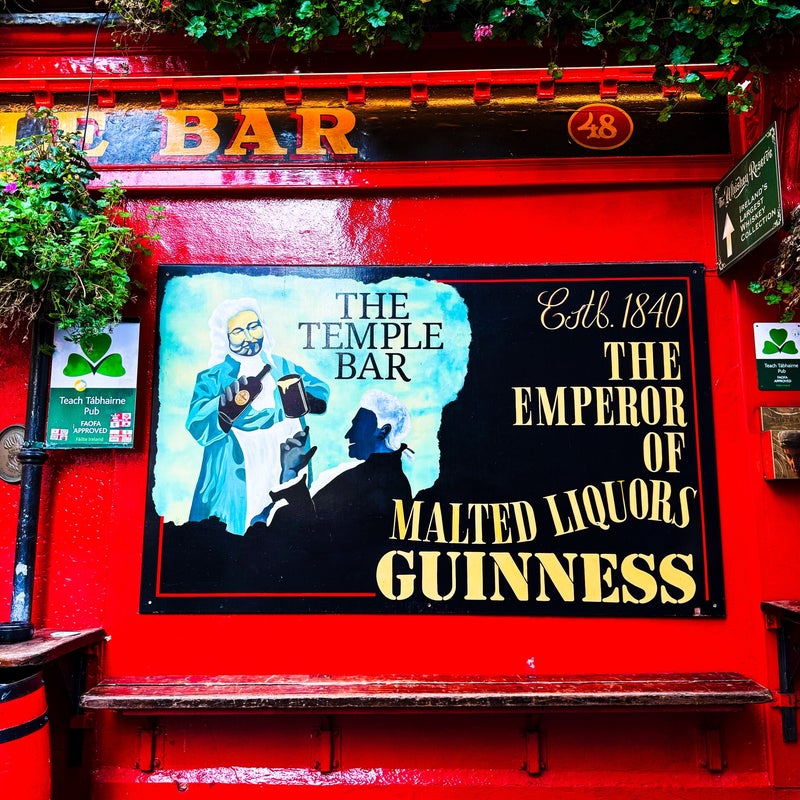














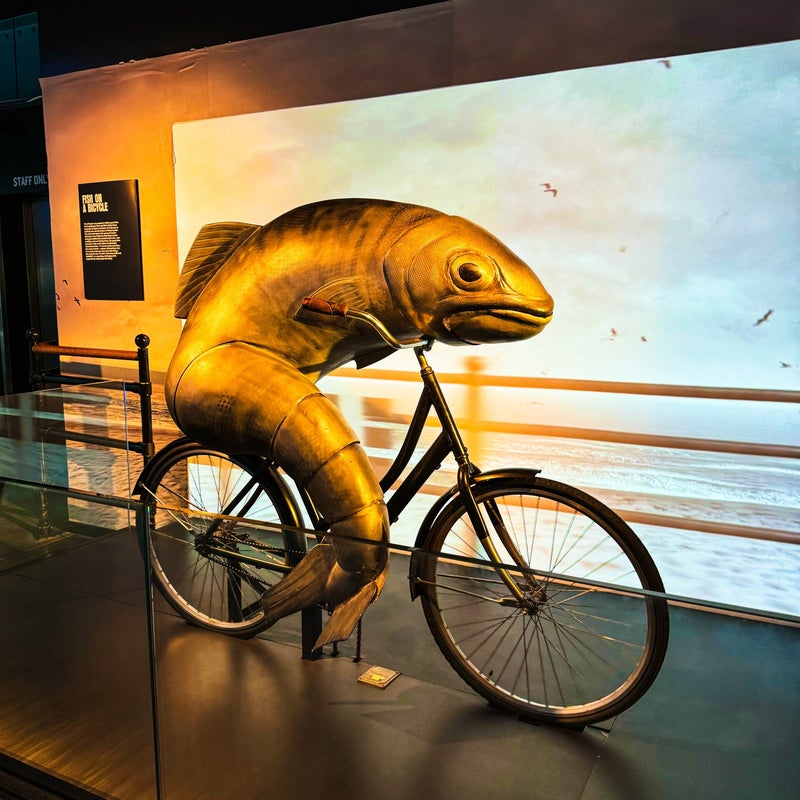


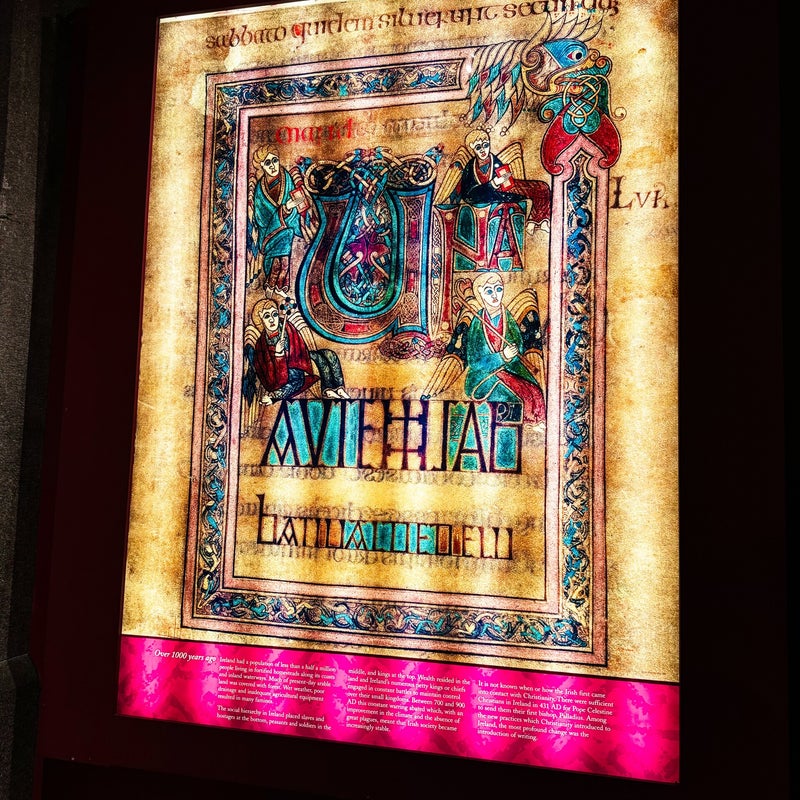


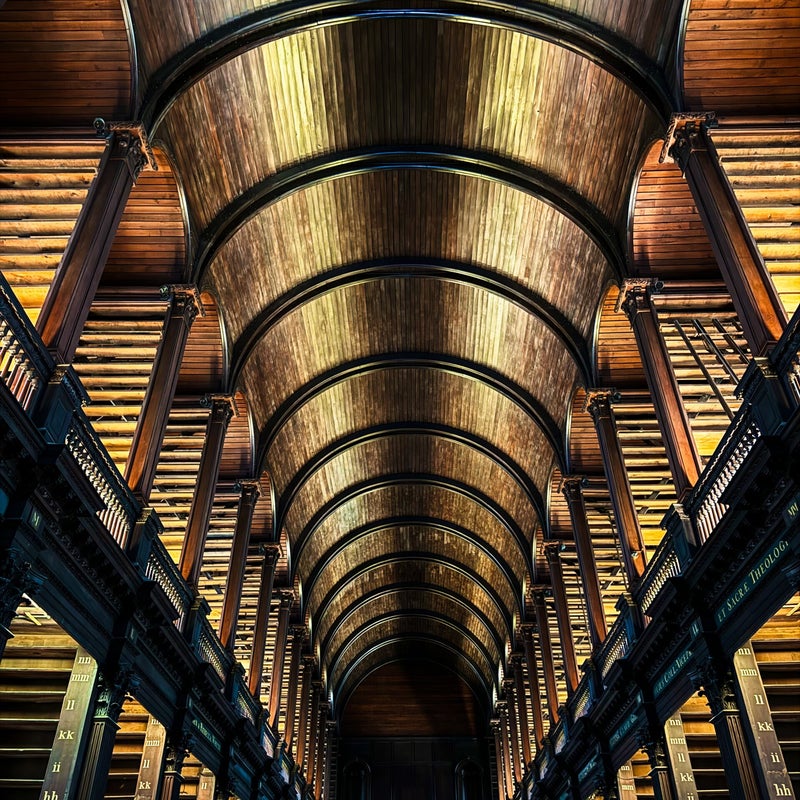




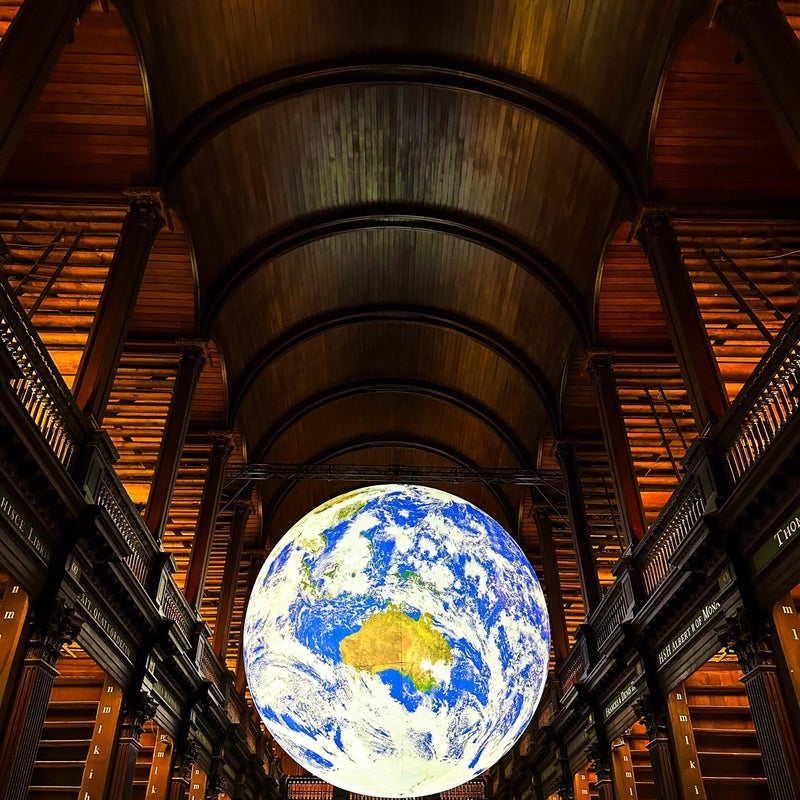

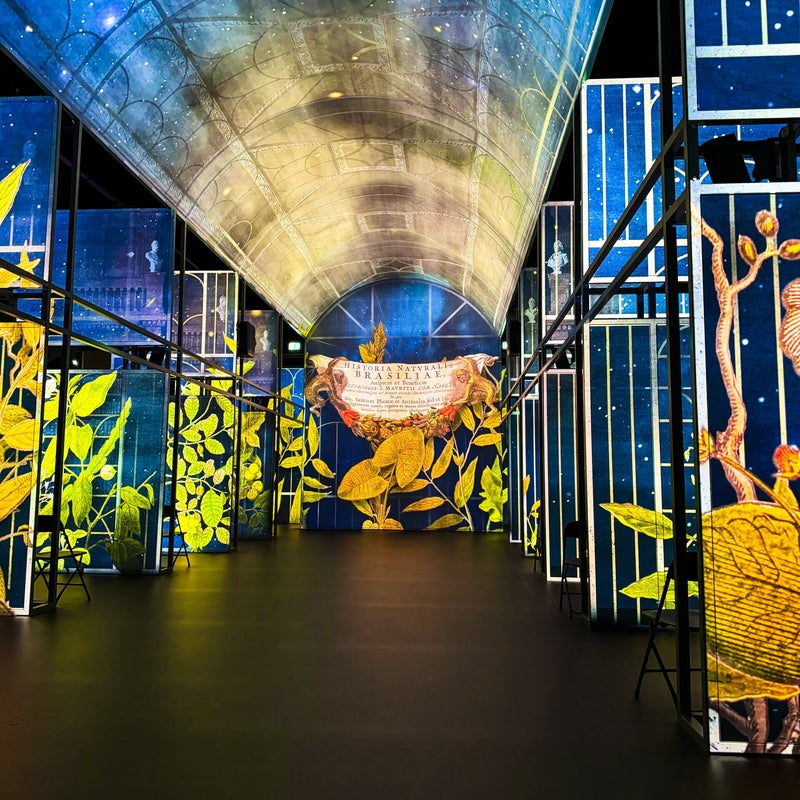
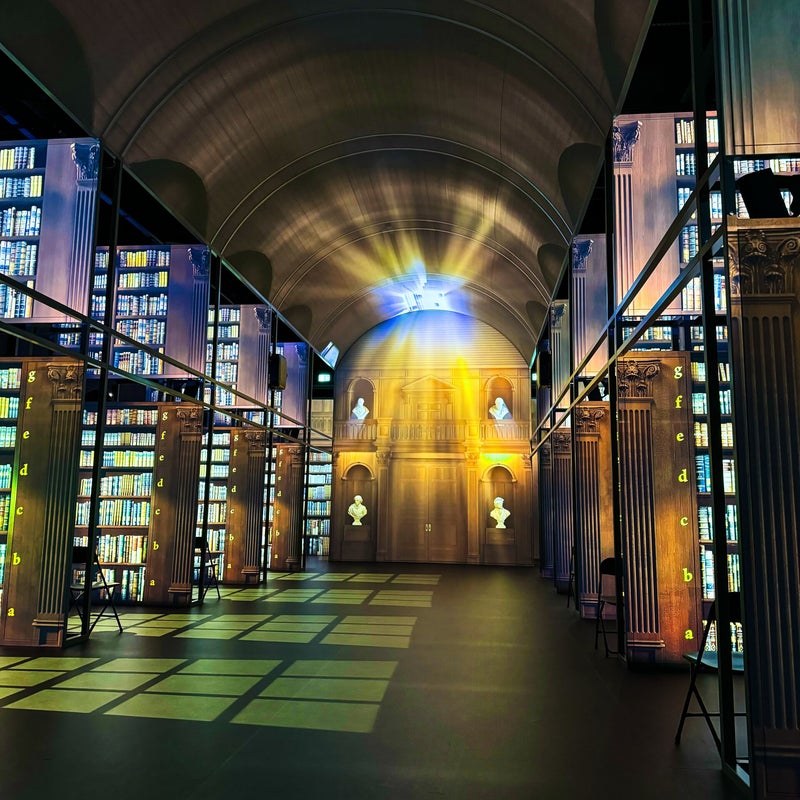
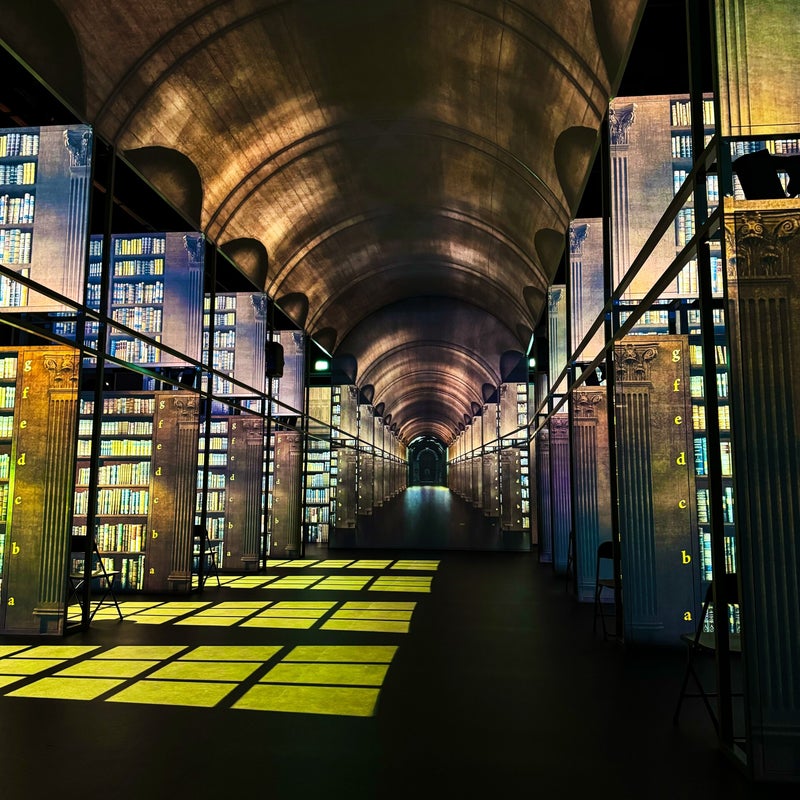








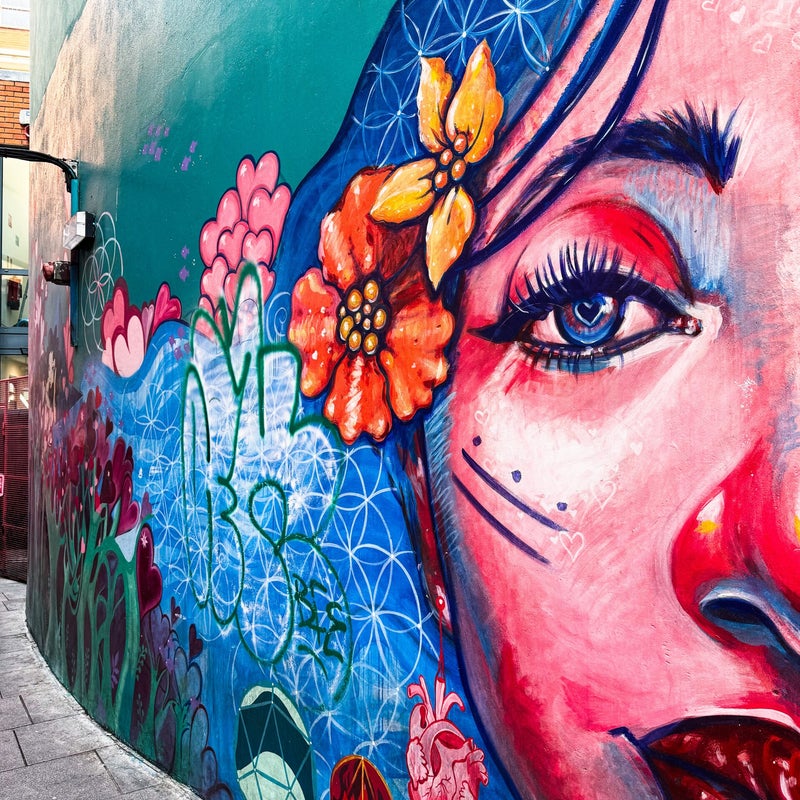



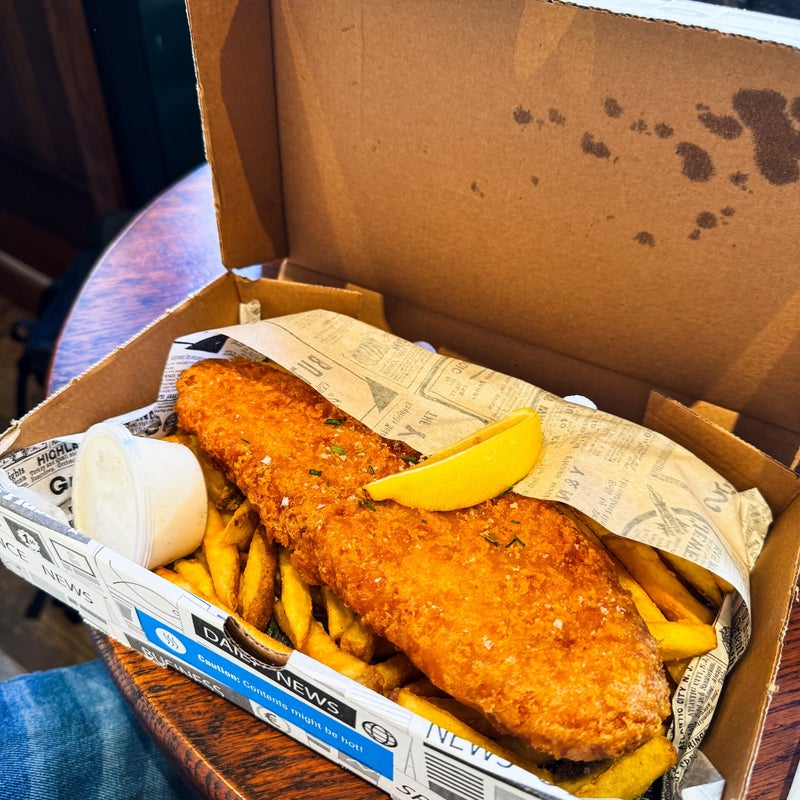








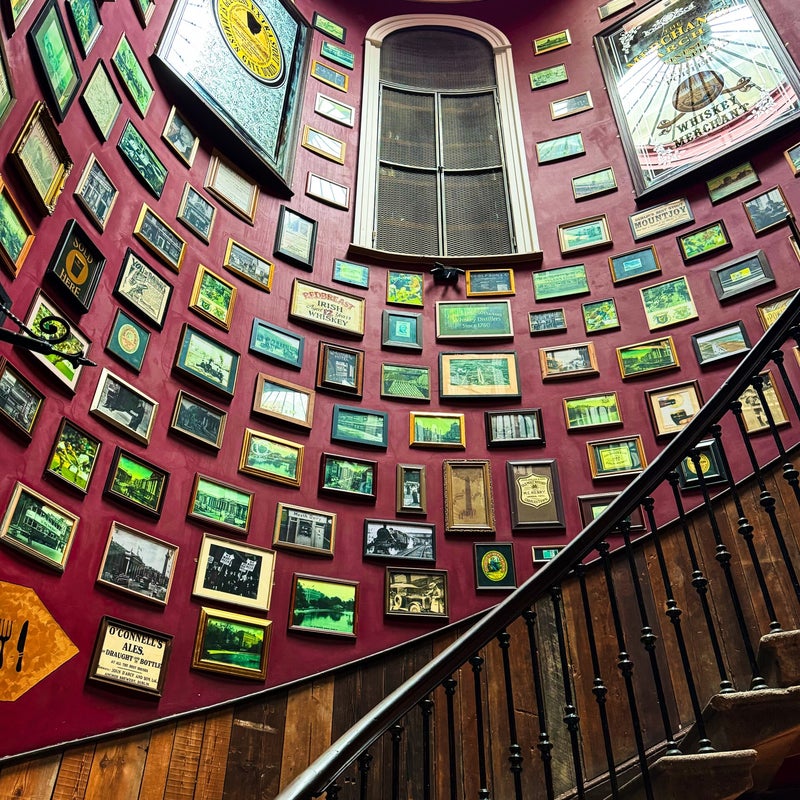
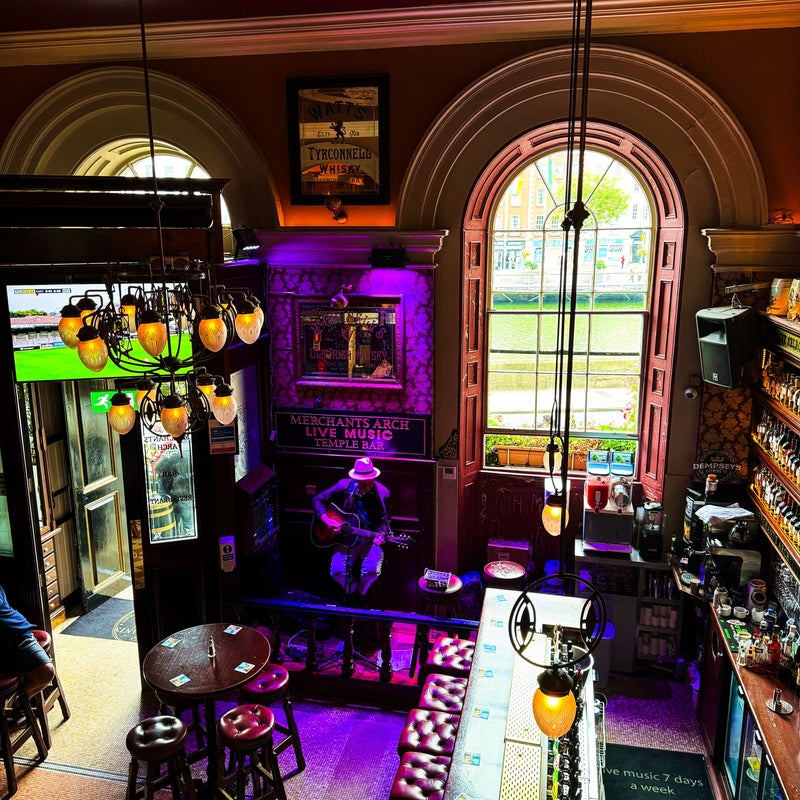









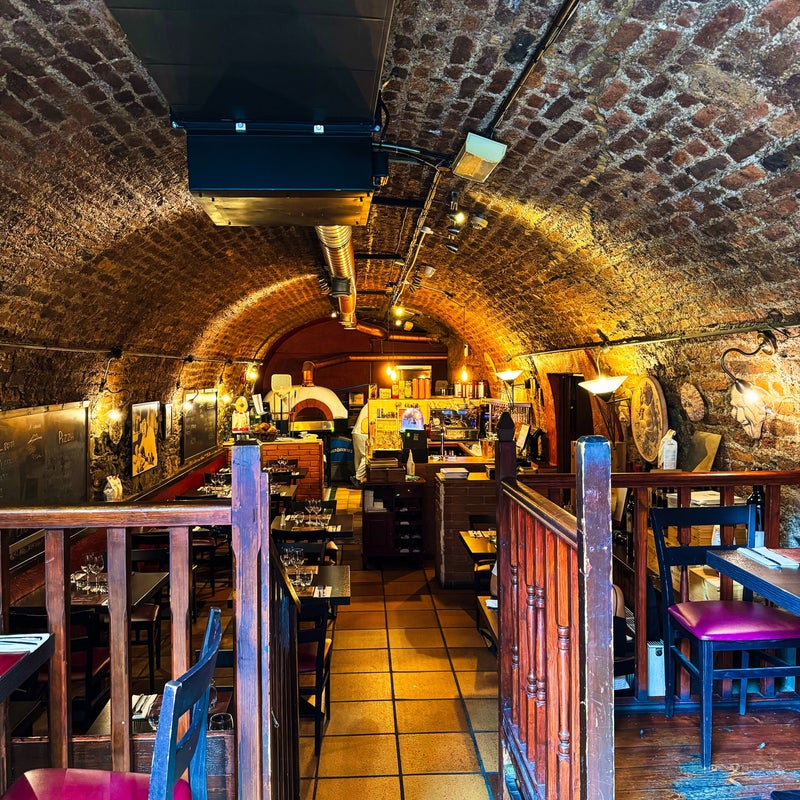


Add comment
Comments
An incredible article Anna! The images are amazing and the text provides an emotional connection to your trip. Just awesome!